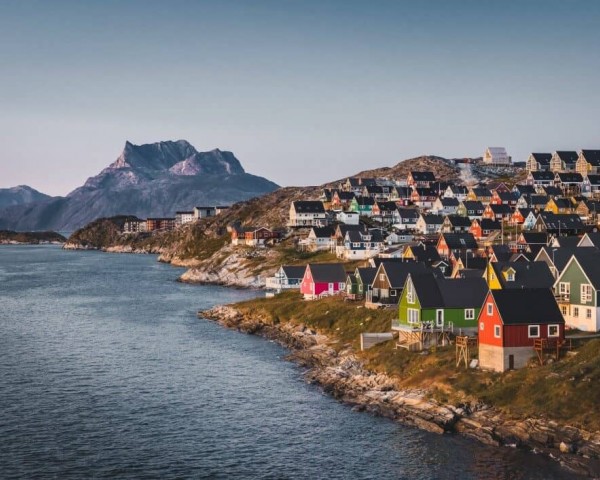Greenland, situated between the Atlantic and Arctic Oceans, is once again becoming a focal point in global strategic discussions. The sovereignty of this autonomous territory, which is covered by ice at about 80%, has re-emerged in international debates.
At a press conference in Florida on January 8, just days before he was set to take office, Donald Trump reiterated his desire to annex the island. This statement provoked strong reactions, particularly from Denmark, which has maintained oversight of Greenland since 1953.
A Story between Scandinavia and America
Although geographically located closer to North America, Greenland has strong historical ties to Scandinavia. As early as the 10th century, Viking settlers established communities in the southern part of the island. The first Inuit groups arrived in the 13th century and gradually settled in the region. In 1721, Denmark began exercising control over this polar territory; a relationship formalized in 1953 when Greenland was integrated as an overseas department. This status ensures that Greenlanders have the same rights as Danish citizens.
In 1979, Greenland was granted enhanced autonomy while remaining a vital part of the Danish Kingdom. Today, Copenhagen still manages the island’s foreign affairs, defense, and monetary policy.
Why Does Greenland Attract So Much Attention?
Greenland’s strategic position between Europe and North America and its natural resources (minerals, oil) arouse international covetousness. The island became an essential airbase during the Second World War. Since then, geopolitical tensions have reinforced its importance, particularly in the Arctic.
Tourism Industry, a Bet on the Future
Driven by the dynamic energy of its capital, Nuuk, the world’s northernmost capital city (located 240 kilometers south of the Arctic Circle), Greenland is actively seeking to develop its tourism industry. In November 2024, a new airport was inaugurated near Nuuk to accommodate long-haul flights, which previously had to land at a former military base.
Greenland attracts increasing visitors due to its spectacular landscapes and breathtaking northern lights. According to the management of Nuuk Airport, the number of tourists rises by 9% each year. Iconic locations like the Narsarsuaq Botanical Garden showcase the island’s natural wealth. However, this surge in the tourism industry presents challenges for environmental preservation, highlighting the need to maintain a balance to protect this unique area.












